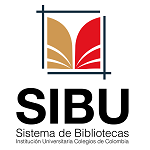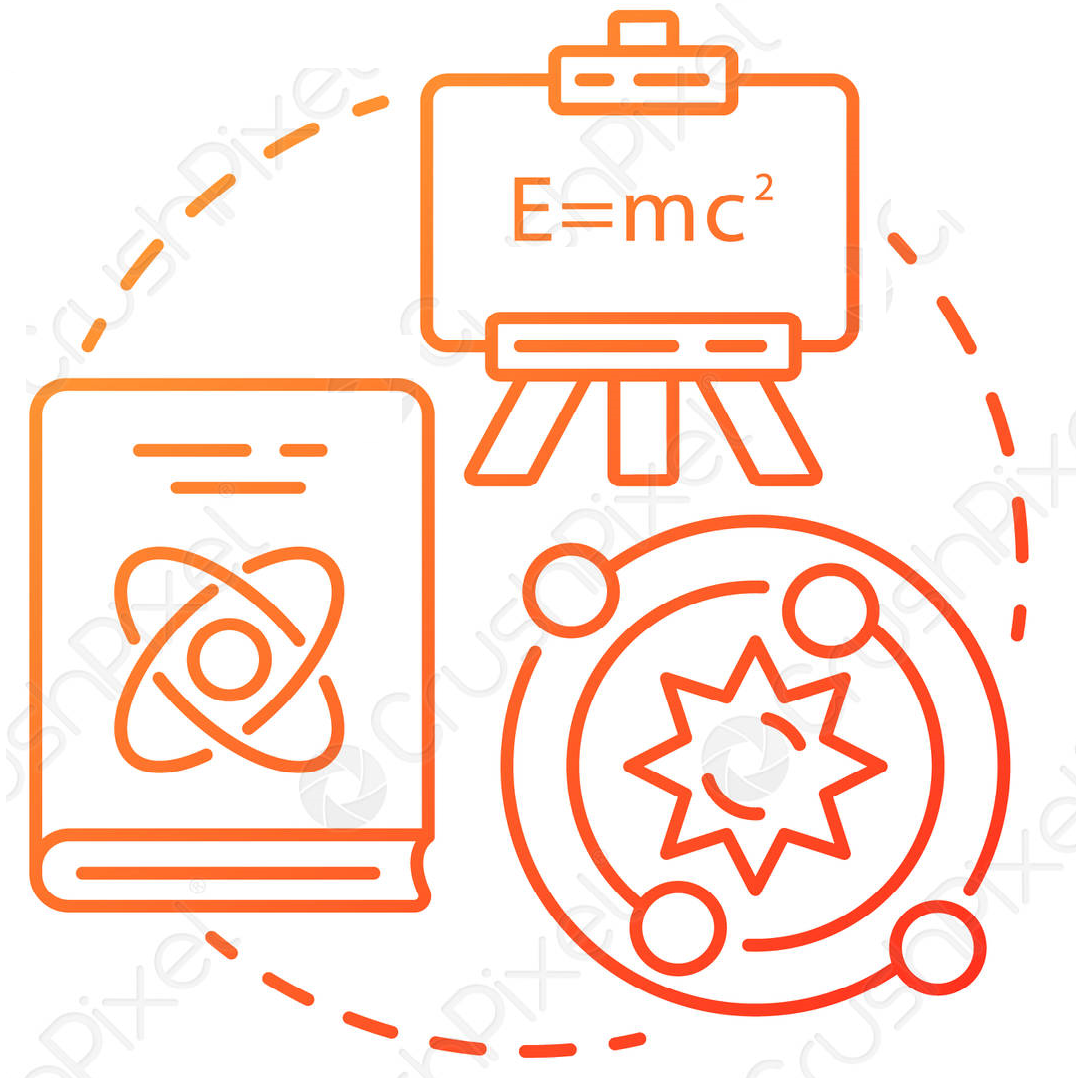SIBU - SISTEMAS DE BIBLIOTECAS UNICOC
Efectos de preparación Biomecanica con los sistemas de Lima única Waveone Gold, Reciproc Blue y XP Endoshaper en la expresión de sustancia P y el Peptido relacionado con el Gen de la Calcitonina en ligamento Periodontal Humano.
por Laguna Rivero, Fabiana Victoria ; Rey Rojas, Margarita Yulieth
; Rey Rojas, Margarita Yulieth .
.
Editor: Bogotá, D.C (Colombia). Institución Universitaria Colegios de Colombia- UNICOC, 2017Tema(s): Odontología / Endodoncia - Tesis y disertaciones academicas| Tipo de ítem | Ubicación | Signatura topográfica | Número de copia | Estado | Fecha de vencimiento | Código de barras | Reserva de ejemplares |
|---|---|---|---|---|---|---|---|
 Trabajo de Grado Trabajo de Grado |
Bogotá (Dr. David Ordóñez Rueda) - Campus Norte
Campus Norte Biblioteca de la Institución Universitaria Colegios de Colombia |
T.O.E.0095 (Navegar estantería) | Ej.1 | Disponible | 20172TOE0095 |
Incluye tabla de contenido y referencia bibliografica
Asesor Científico: Javier Caviedes; Directora Centro de Investigación: Sandra Elizabeth Aguilera Rojas; Asesor Metodológico: Nestor Rios; Asesor Estadístico: Hugo Muñoz
RESUMEN
Introducción: El objetivo de este estudio fue cuantificar la expresión de sustancia P (SP) y CGRP, dentro del ligamento periodontal de premolares humanos después de la preparación del conducto radicular con tres sistemas rotatorios de lima única. Métodos: Cincuenta muestras de ligamentos periodontales se obtuvieron de premolares inferiores humanos sanos en los que se indicó extracción por fines ortodonticos. Antes de la extracción, 40 de estos premolares se asignaron a cuatro sistemas de instrumentación diferentes: grupo 1: sistema rotativo Reciproc blue, grupo 2: sistema rotativo WaveOne Gold, grupo 3: sistema rotativo XP EndoShaper y grupo 4: técnica de instrumentación manual (grupo control positivo). Los 10 premolares restantes sirvieron como grupo control negativo. Todas las muestras del ligamento periodontal se procesaron, y SP y CGRP se midieron por radioinmunoanálisis. Resultados: se encontró una mayor expresión de SP y CGRP en el grupo de instrumentación manual seguido por el grupo XP -EndoShaper, el grupo WaveOne Gold y el grupo Reciproc blue. Los valores más bajos de SP y CGRP fueron para el grupo de control negativo. La prueba de Kruskal Wallis mostró diferencias estadísticamente significativas entre los grupos (p <0,0001). La prueba post hoc mostró diferencias estadísticamente significativas (p> 0.05) en la expresión de SP y CGRP entre todas las comparaciones, excepto para el WaveOne Gold y el Reciproc blue (p> 0.05). Conclusión: Todos los sistemas rotatorios evaluados generan expresión de neuropéptidos, donde el XP EndoShaper de rotación continua generó mayor expresión que los sistemas reciprocantes como WaveOne gold y Reciproc blue.
ABSTRACT
Introduction: The aim of this study was to quantify the substance P (SP) and CGRP expression, within human periodontal ligament from premolars after root canal preparation with three single file endodontic systems. Methods: Fifty periodontal ligament samples were obtained from healthy human lower premolars in which orthodontic extraction was indicated. Before extraction, 40 of these premolars were assigned into four different instrumentation systems: group 1: Reciproc blue rotary system, group 2: WaveOne Gold rotary system, group 3: XP-EndoShaper rotary system and group 4: manual instrumentation technique (positive control group). The remaining 10 healthy premolars served as a negative control group. All samples from the periodontal ligament were processed, and SP and CGRP were measured by radioimmunoassay. Results: greater expression of SP and CGRP was found in the manual instrumentation group followed by the XP –EndoShaper group, WaveOne Gold group and the Reciproc groups. The lowest values of SP and CGRP were for the negative control group. The Kruskal Wallis test showed statistically significant differences between the groups (p <0.0001). Post hoc least significant differences (LSD) test showed statically significant differences (p>0.05) in SP and CGRP expression between all the comparison except for the WaveOne gold and Reciproc blue (p>0.05). Conclusion: All the rotary systems evaluated in this study generate neuropeptide expression, where the XP EndoShaper despite being a continuous rotation system generated greater expression than the reciprocal systems such as WaveOne gold and Reciproc blue.
Palabras claves: Ligamento periodontal humano, sustancia P, péptido relacionado con el gen de la calcitonina, sistema rotatorio, inflamación neurogénica ; -Key words: Human periodontal ligament, Substance P, Peptide related to the calcitonin gene, Rotating system, Neurogenic inflammation.
© 2014 UNICOC | Institución Universitaria Colegios de Colombia - UNICOC
Bogotá D.C. Autopista Norte Km. 20. Teléfono:(571)6683535
Cali: Calle 13 Norte No. 3N-13. Teléfono: (572)6608887




